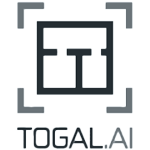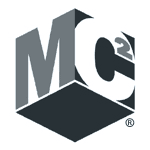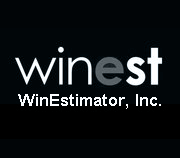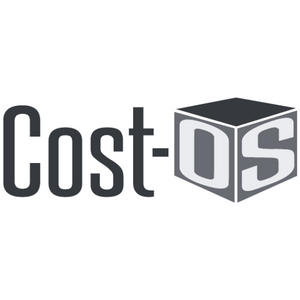How to Control Your Construction Data
In the world of preconstruction, data is plentiful, and numbers abound. But a plethora of data doesn’t necessarily mean anything if you’re not able to utilize it for greater means, such as using it to build estimate templates that save you and your team time, referencing past project data to make predictions about future projects, and using data to establish company-wide standards that streamlines your overall precon effort.
Being able to control your data and make it work for you is even more important in today’s world of more results in less time – especially if you’re a smaller company trying to stand out in a sea of heavyweights.
There’s no better way for a general contractor to establish itself than by putting data analysis at the forefront of its preconstruction efforts, tracking that data as it moves through the preconstruction data lifecycle.
How do you control all your cost history data? First, you must have a standardized systems that houses that data. Hosting everything on one platform as opposed to multiple different ones means that you’re going to save time, effort, and money. An integrated preconstruction software elevates your preconstruction efforts.
An integrated estimating platform gives you the time to perform data analysis..png?width=550&height=183&name=our%20integration%20flow%20(1).png)
Data housed in a dozen different areas takes valuable time to access and upload to the proper programs before being able to analyze it.
Let’s be honest, the average estimator is already strapped for time without having to juggle multiple tools. An integrated estimating process means that time is being given back to you – time that can then be spent performing activities that add value to owners like data analysis and making better project decisions that will have a high impact potential for your company.
An integrated estimating platform brings talent.
It’s no secret that preconstruction is a field that struggles to draw in fresh talent. It doesn’t always sound glamorous, and a lot of the time, the people that would be the most effective on a precon team want to be out in the field instead.
How can you draw new recruits in and keep them there? Efficiency and forward-thinking is one of them, and by implementing the latest in construction estimating software, you’re showing potential hires that they’ll be working for a company that prioritizes efficiency and innovation above doing things just because that’s how it’s always been done.
Additionally, housing preconstruction all on one platform makes for better marketing to recruits. So many people often think of estimating as nothing more than being hunched over a desk crunching numbers all day. This assumption isn’t fair, because estimators are obviously so much more than human calculators – but how are you going to challenge that assumption if you don’t show people how interesting and far-reaching the world of preconstruction can be?
An integrated estimating platform gives you better control of your data.
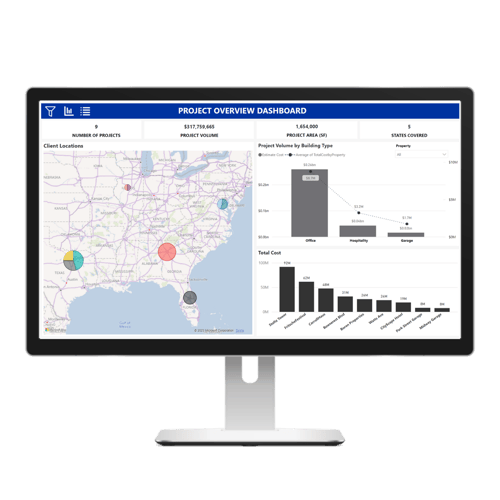
If your data is scattered all over the place, across different offices, even inaccessible depending on who knows where it’s located, you can’t even begin to track your data, much less analyze it to create models and observe trends.
If you have one centralized database, though, you don’t have to wait around for someone to give you a password or key. You can immediately access both past and present data and start using it to correct mistakes, create predictions, and build out models that can be used by anyone at any office within your company. And when you’re able to perform high-value activities like these, it’s also that much easier to begin sharing resources and collaborating across offices.
In short, to get ahead of the rest of the pack, data analysis is essential. It is the future of precon. To make time for data analysis, you need an integrated program where everything moves seamlessly in one ecosystem.
DESTINI Estimator is that software.

-1.png?width=112&height=112&name=image%20(4)-1.png)




